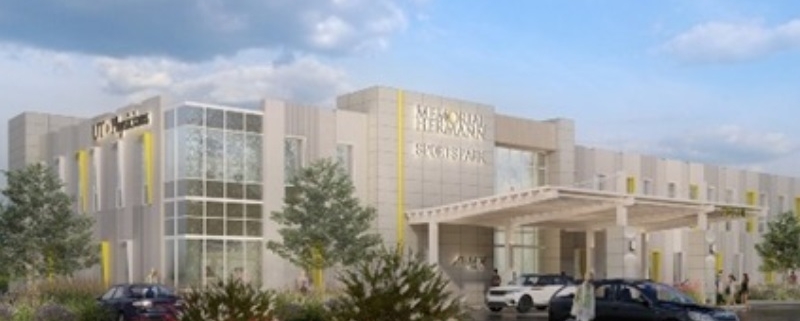Medical Offices Ready For Spike In Record High Number Of Insured
The total number of uninsured in the US has reached a new low and the medical office asset class stands to benefit from it, according to Marcus & Millichap’s 2024 National Investment Office Forecast.
This robust demographic will need and seek more visits to healthcare providers, subsequently driving tenant demand for medical spaces, particularly in markets such as Louisville, Seattle-Tacoma, Portland, and Boston.
Those areas have sub-6.5 percent vacancy rates. Texas has the largest percentage of uninsured residents nationwide and carries an office vacancy rate above 15 percent in San Antonio, Houston, and Dallas-Fort Worth.
Arizona and Nevada, too, have high uninsured populations, with vacancies in Tucson, Phoenix, and Las Vegas above 12 percent.
In Florida, some metros notably refute this trend as the state’s uninsured rate is over 11 percent, but West Palm Beach and Miami-Dade have some of the lowest vacancies among major U.S. markets. Medical office projects are slated to constitute approximately 70 percent of the space completed in Tampa this year.
In 2023, fewer medical office assets changed hands than in 2022. However, transaction activity is above the 10-year average in most regions. An aging population will necessitate medical office expansions long-term.
Marcus & Millichap cited a challenged borrowing environment and said this pressure will likely ease in 2024 as many investors expect interest rate cuts.
“Additionally, private investors have become more active in the space as institutions pull back,” according to the report. “Deals in lower price tranches have increased the use of seller financing in some cases, circumventing lender-based headwinds.”
The report said that the new supply would fall to a nearly two-decade-low construction as it will be reduced by 8.5 million square feet to approximately 500,000 fewer square feet of medical office space this year compared to last. This will push total inventory up by just 0.7 percent.
“Limited additions will prevent any major supply headwinds going into 2024 and beyond as new starts decrease as well,” according to Marcus & Millichap.
Vacancy rates will climb by 20 bps to about 9.8%, according to the report. Meanwhile, medical office tenants will still grapple with a prevailing labor shortage, complicating operator expansion plans.
The average asking rent for medical office space will rise by 1.3% to $23.40 per square foot by December as new buildings come online, reaching a more than two-decade high. Metros such as West Palm Beach, Salt Lake City, and Portland are expected to lead the nation in rent growth, concurrent with local vacancy rates below the national average, according to the report.
Source: GlobeSt.







